Hatchbacks are popular thanks to their broad appeal – they’re efficient, practical, affordable and, in many cases, quite stylish. Get all the info you need here
If you’re shopping for a car, you’ll probably have come across the term hatchback. Question is, what does this actually mean? What is a ‘hatch’ back? And should you buy one?
Keep reading to learn more about this popular body style and its pros and cons.
What is a hatchback?
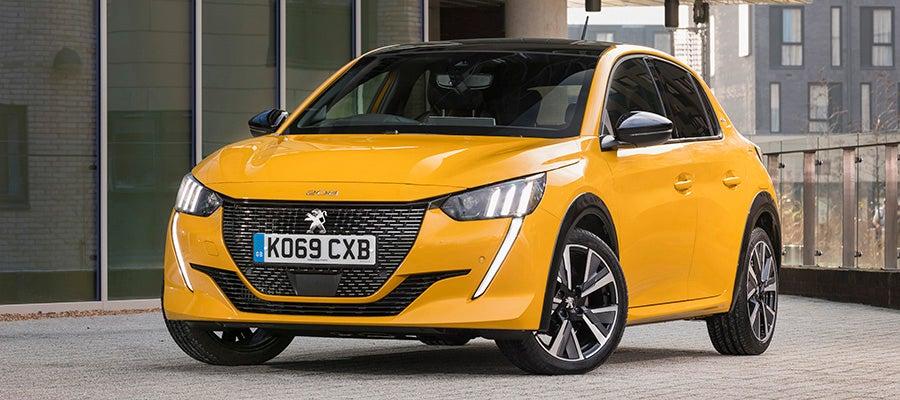
When we say ‘hatchback’, we’re referring to a particular car body style, similar to how some other cars are classed as saloons or SUVs, for example. For a car to be classed as a hatchback, it needs to be a regular road car – rather than an SUV – and have a hatchback boot lid.
This means a boot lid that hinges where it connects to the car’s roof and lifts the rear windscreen up at the same time, allowing access to the entire cargo area and passenger space. This is the ‘hatch’ part of the hatchback, and also why we refer to these cars as having five doors rather than four, because the hatchback boot lid itself counts as a door through which you could access the cabin.
Conversely, saloon cars and sports cars will leave the rear window in place when opening the boot lid, which means you can only access the boot and not the rest of the cabin. The distinction becomes a little murkier when looking at SUVs and estate cars, however, which tend to use hatchback-style boot openings, although we wouldn’t categorise them as hatchbacks.
What cars count as hatchbacks?
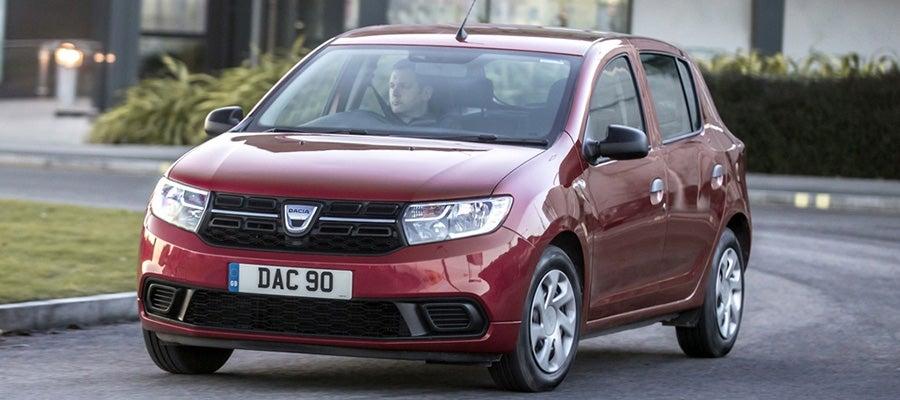
Many of the most popular cars on the UK’s roads are hatchbacks. Drive down any street in the country and you’re likely to see a Ford Fiesta, Volkswagen Golf or Vauxhall Corsa parked up. There’s a good chance you learnt to drive in a hatchback.
Typically, a hatchback will have a ‘two-box’ body style – one at the front where the engine goes, and a square-ish passenger compartment. Hatchbacks don’t tend to have much bodywork after the rear doors.
More premium brands have also entered the hatchback market, targeting buyers that want the compact footprint of a hatchback but with some luxury touches. Models such as the Mercedes A-Class, Audi A3 and BMW 1 Series are all popular upgrades from mass-market hatchbacks.
Types of hatchback car
City car
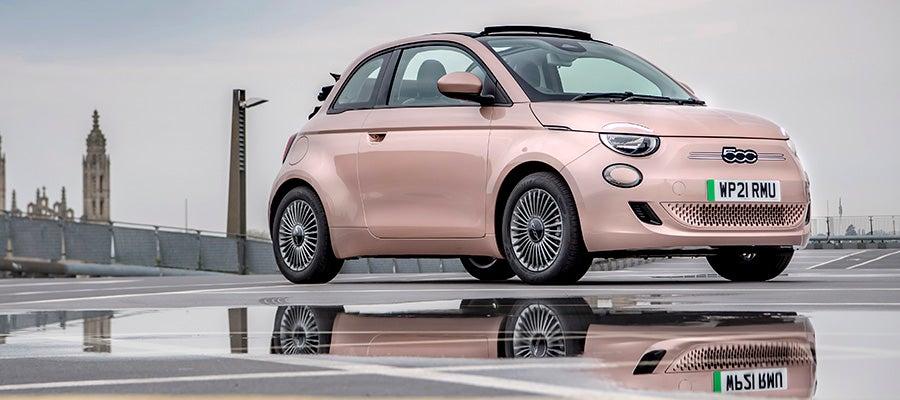
The smallest type of hatchback, a city car is cheap to buy and cheap to run. These are typically under four metres long and usually have just enough boot space for a few shopping bags. Examples include the Fiat 500, Toyota Aygo, Hyundai i10 and Kia Picanto.
Supermini
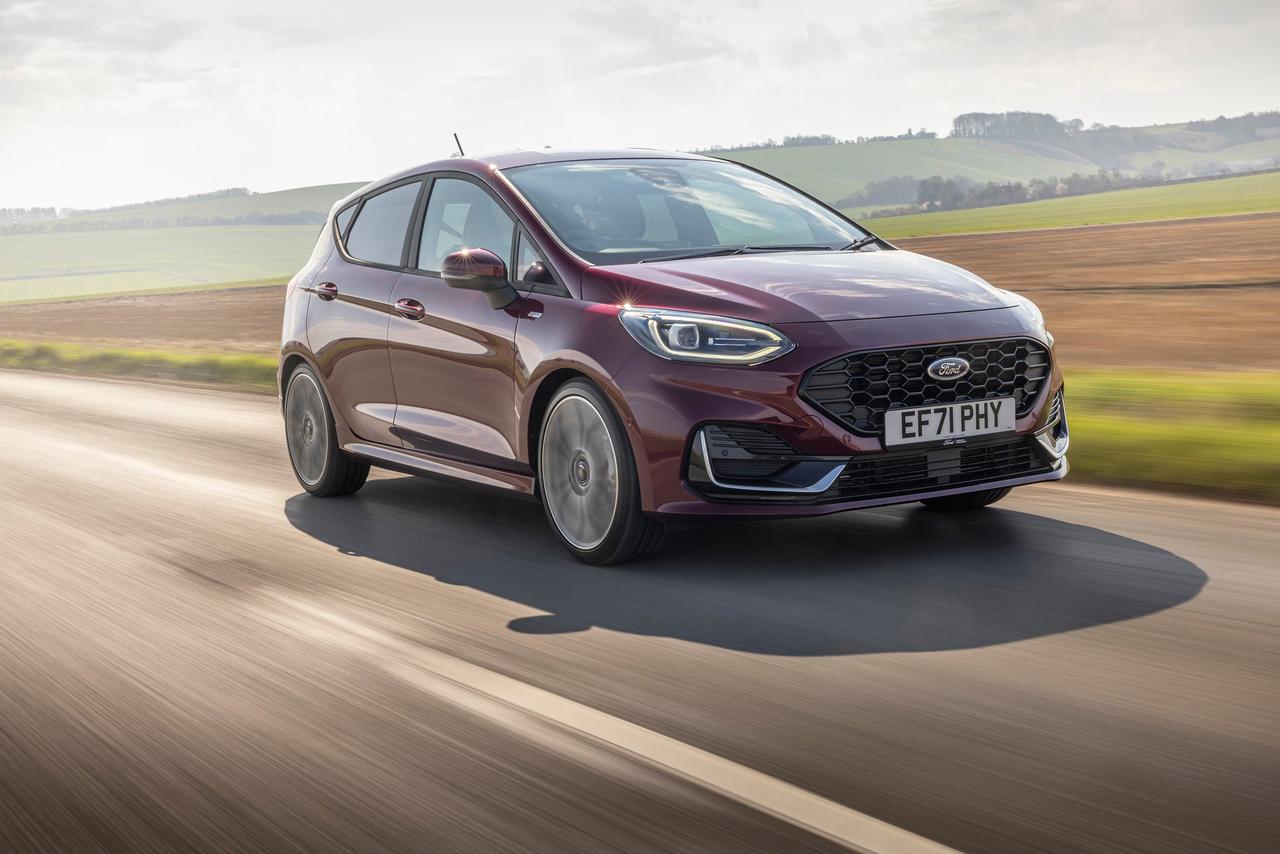
A popular choice among UK buyers, the supermini category is filled out with heavy hitters like the Ford Fiesta, Volkswagen Polo and Vauxhall Corsa. Typically around four metres long, these cars are still easy to park, but will more comfortably fit four adults and enough stuff for a weekend away. They tend to be better equipped and better on the motorway than a city car, but still should prove cheap to run.
Family hatchback
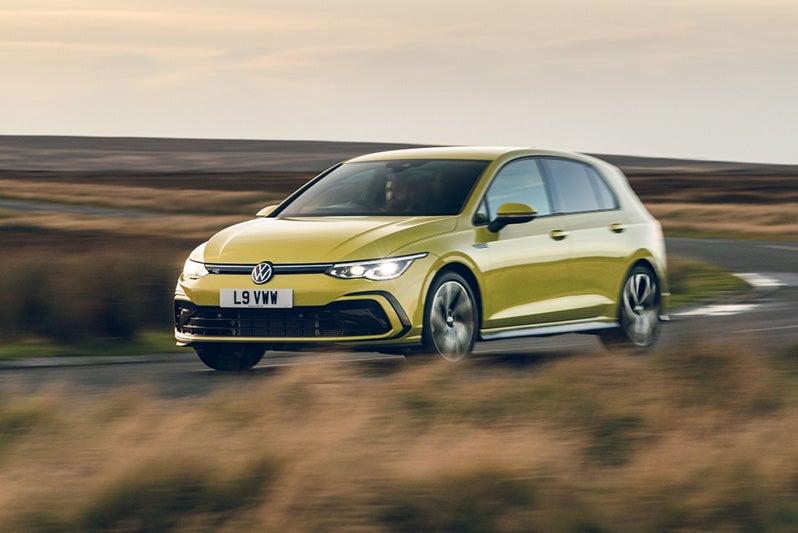
We sometimes also call these compact hatchbacks, as many family buyers have switched to bigger SUVs instead. These are cars like the Ford Focus, Volkswagen Golf and Toyota Corolla, which are a bit bigger than superminis and offer enough boot space for a bulky pushchair and a bit more passenger space.
Large family car
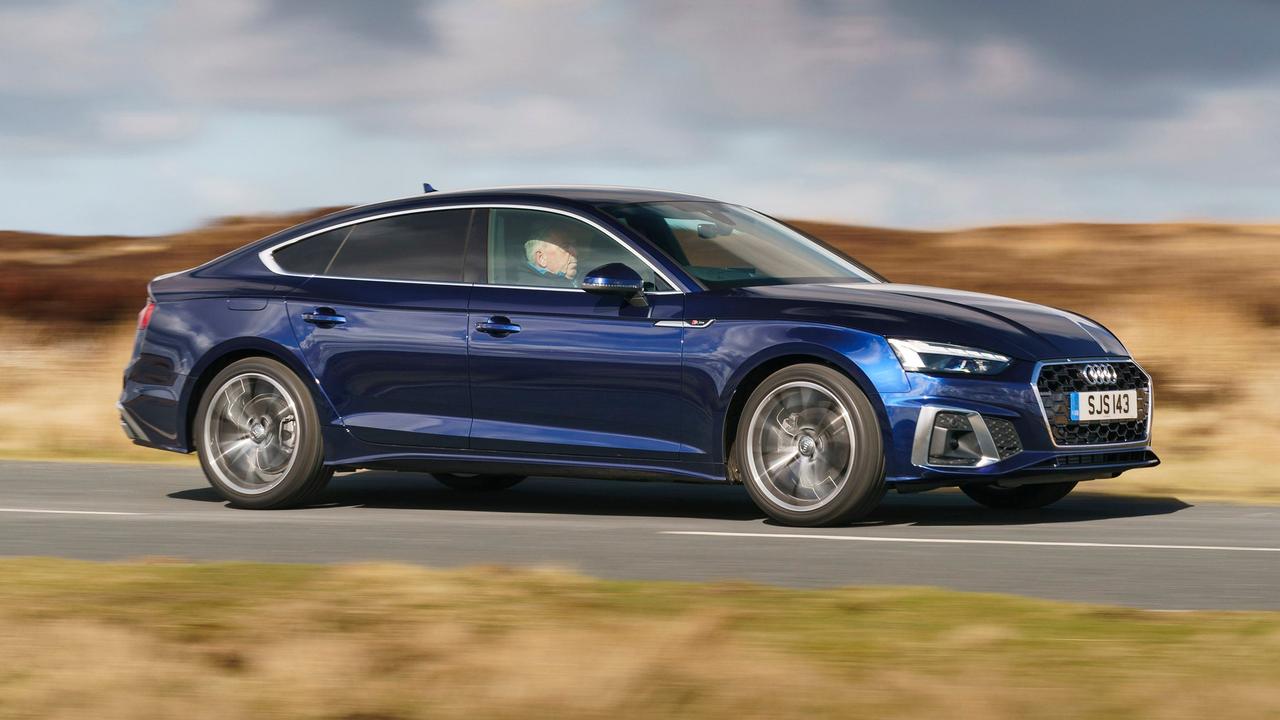
These are big, saloon-shaped cars with a hatchback tailgate. While stalwarts like the Ford Mondeo and Vauxhall Insignia have succumbed to growing SUV sales, there are still a few good large family cars being sold new, such as the Skoda Superb, Peugeot 508 and Audi A5 Sportback.
What is a ‘hot hatch’?
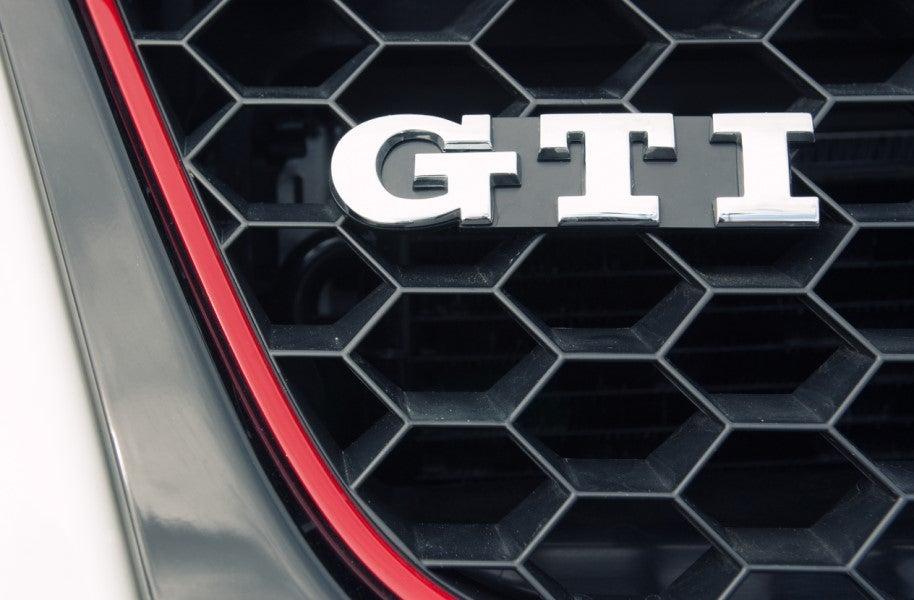
A hot hatch is a regular hatchback that’s had some high-performance upgrades to make it much faster and more fun to drive. Most modern hot hatches come with a beefy turbocharged engine, lowered and stiffened suspension, big brakes and grippy tyres to help you feel like a racing car driver on your way to Tesco.
Some legendary brands have made a name for themselves with their hot hatch models. Cars such as the Volkswagen Golf GTI, Ford Fiesta ST, Honda Civic Type R and Renault Megane RS have all helped inject some much-needed excitement into their makers’ otherwise unremarkable hatchback lineups.
We’ve also seen premium brands launch some fairly expensive super-hot hatches. Models such as the Mercedes-AMG A45 S, Audi RS3 and BMW M135i blend premium cabins, limpet-like all-wheel drive and some seriously steroidal engines to achieve performance figures that would embarrass supercars from just a few years ago.
What are the benefits of hatchbacks?
- Practical – hatchbacks usually have a smaller footprint, making them easy to park in tight spaces and squeeze through congested city streets. Their bodystyle also means you get a reasonably good amount of cargo room for the amount of on-road space they take up
- Affordable – hatchbacks are generally cheaper to purchase than larger cars and often cost less to run thanks to greater fuel economy and lower insurance costs. Hatchbacks also tend to be cheaper to repair than larger and more expensive cars
- Flexible boot – hatchbacks make the most of their limited size by giving you access to both the boot and the entire cabin from the rear. This means you can easily fold the rear seats down in a pinch if you need to carry larger items
- Choice – while SUVs have stolen some of the limelight in recent years, many carmakers still build hatchbacks, so there’s a wealth of choice across the market making it easy to find a model that suits you
Do hatchbacks have any drawbacks?
- Less space – while hatchbacks can be impressively practical, you’ll generally find less passenger and cargo space compared with SUVs and estates, although these models can cost quite a bit more than a typical hatchback
- Lower ride height – hatchbacks generally sit lower to the road in comparison to a SUV, meaning you don’t get the same ‘commanding’ driving position that some SUV buyers like
- Noise – road noise can be slightly worse in a hatchback compared with a saloon. This is because noise from the rear suspension and wheels can bleed through the boot space into the cabin, while this would be more suppressed in a saloon
- Performance – most hatchbacks are relatively affordable, which means they usually come with smaller engines and have less overall performance. Of course, if you buy a hot hatch, this won’t be a problem
Read our other body style guides
- What is an estate car?
- What is an SUV?
- What is a coupe?
- Hatchback vs saloon - what's the difference?
- Coupe vs saloon - what's the difference?
- SUVs vs MPVs - which family car is best?
Fancy a great nearly new hatchback?
Take a look at Motorpoint’s huge selection of nearly new hatchback cars. For buying options, take a look at our picks for the best used family hatchbacks you can buy, or our choices for the best small electric cars.




































